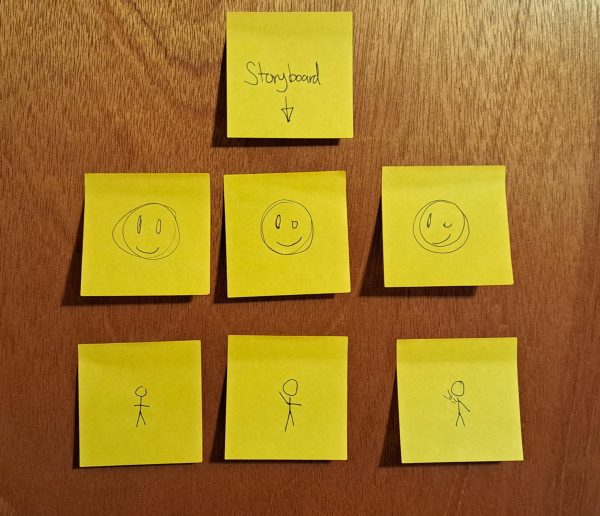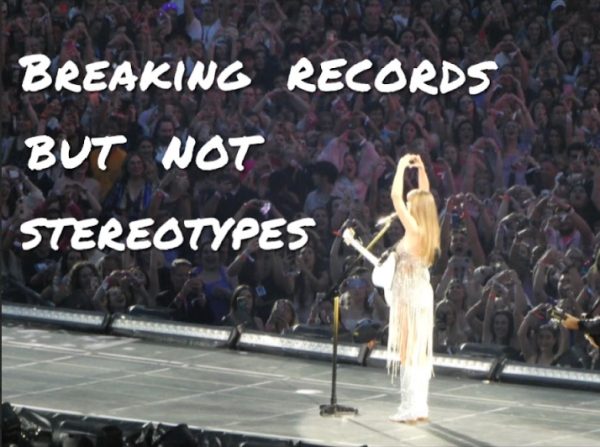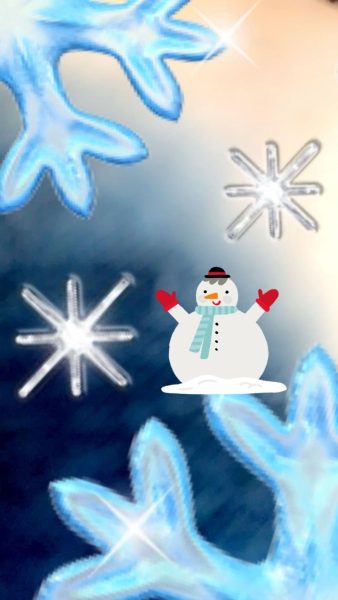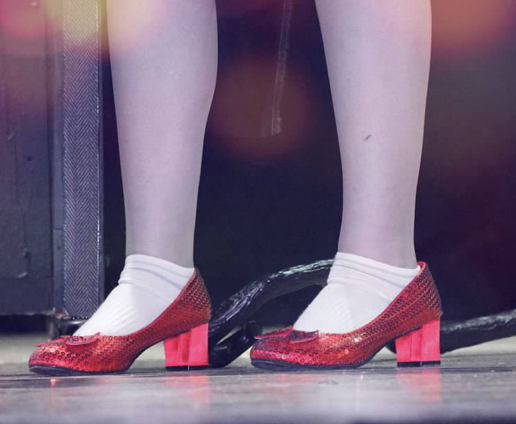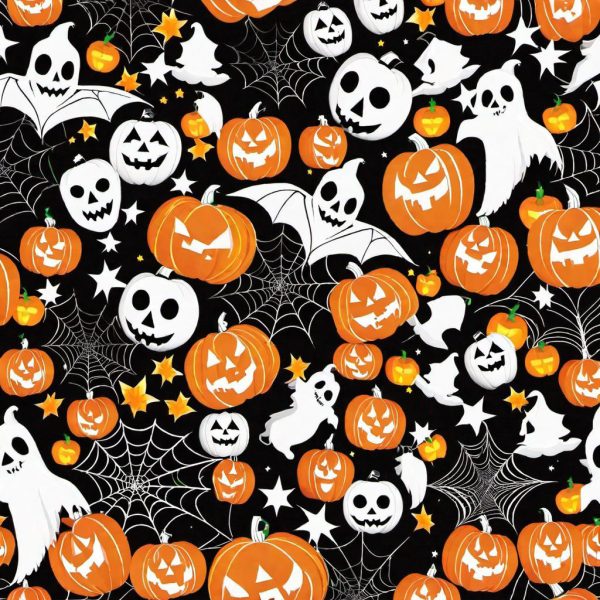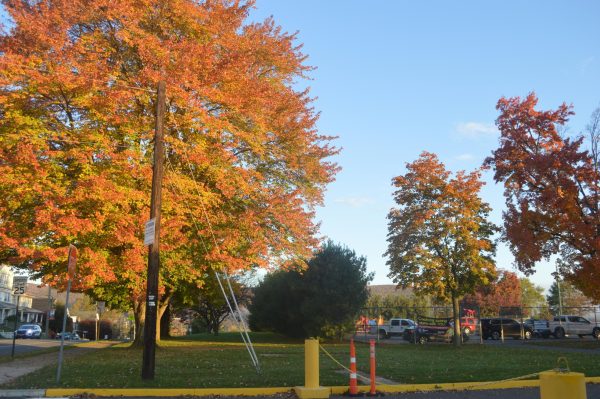Alice In Wonderland – 1865
The deep meaning of Lewis Carroll’s “Alice in Wonderland”
Alice’s Adventures in Wonderland was originally published in 1865 as an English children’s novel by Lewis Carroll. When a young girl named Alice falls through a rabbit hole into a fantasy world of anthropomorphic creatures. It is seen as a prime example of the literary nonsense genre. It plays with logic and with that, it gives the story lasting popularity with adults as well as children.
Despite its extravagant nonsense, as in most things, there is a hidden meaning behind Alice’s adventures.
The events that occur in the story correlate with the steps in a child’s growth and progression through childhood and in their adolescence. When you approach the book with that idea in mind, it offers interesting and meaningful interpretations of the events and characters in the story.
The journey begins with Alice’s curiosity
Alice’s journey begins with curiosity. In the beginning, she daydreams and finds herself unable to pay attention while her sister reads her a rather advanced novel. Alice’s mindset is childlike and distractable. As her imagination runs wild, she begins to piece together a perfect world of her own. Alice notices a white rabbit, a manifestation of her imagination that seems to park her immense curiosity.
Later on, in the novel Tweedle Dee and Tweddle Dum tell her the tale of the Curious Oysters. Which in short is about how curiosity can lead to danger and terrible consequences. This shows how adults often use stories to control children with fear and to destroy children’s sense of imagination and curiosity by telling them to stop asking questions and to grow up. Tweedle Dee and Tweddle Dum symbolize parents who are trying to keep Alice’s imagination in line.
“Eat Me”

Alice once again gets into trouble when the white rabbit tells her to run into his house to get his gloves. In the midst of searching for the gloves, she opens a jar to find a cookie with “Eat Me” written on it. Without thinking more than twice she then consumes the cookie. Since Alice is still in her childhood, she needs an adult figure to guide her but at this moment that adult figure does not exist.
Alice’s eating of the cookie represents two very important ideas. The first one is how curiosity gets you into trouble, once again – the second would be being disobedient. After Alice had heard the story about the Curious Oysters, she still chose to let her curiosity overtake her and eat the cookie.
By eating the cookie, she demonstrates Kohlberg’s first theory of moral development, which states “right is whatever avoids punishments or gains reward.” Since there had not been any adult figure around her curiosity prevailed against her better judgment, as a result, she consumed the cookie.
The situation may also perhaps be about peer pressure; it all depends on how the reader views the event. In the jar, there was a multitude of cookies all labeled with different instructions of what to do. Just as everyone does at some point, she gave into peer pressure. As a result, she rapidly grows into a giant – perhaps it can be seen as her consequence. The white rabbit and other creatures she had encountered see her as a monster instead of a little girl. Instead of correcting the matter, society may see youngsters who give in to peer pressure and experimenting as monstrous.
More often than not, adults find it very hard to understand a child’s logic and reasoning. When Alice first falls down the rabbit hole she is confronted by the door. She offers herself some “good advice.” Alice says, “For if one drinks much from a bottle marked poison, it is almost certain to disagree with one sooner or later.” Then, the door responds, “I beg your pardon,” with a rather puzzled look on its face. This is a prime example of a child’s logic and reasoning until they reach the age of about 11-12 during the Formal Operations Stage.
The Formal Operations Stage is the fourth and final stage in Piaget’s theory. It begins approximately around the age of 11-12 and continues throughout adulthood. The Formal Operations Stage is characterized by the ability to formulate hypotheses and systematically test them to come to the conclusion of a problem.
Alice doesn’t know who she is
As Alice progresses through her dream, she begins to lose her sense of identity, just how most people do in their adolescence.
When the hookah-smoking caterpillar asks Alice “Who are you?,” Alice fumbles over her words and then comes to the reply of “I-hardly know.” At this point in the story, Alice has reached the age where she has lost her identity, this is in adolescence. The caterpillar doesn’t give Alice any direction either; instead, the caterpillar just decides to keep asking her the question “who are you?”
This shows that in the adolescent years, children have to find their own way. They still try to carve out an identity from their younger years and their older years that are yet still too far out of reach.
Just as a child’s life is filled with good and bad choices, Alice’s is too. As most do, she learns from her experiences and ultimately becomes more mature emotionally in how she deals with her problems and the way she perceives her situations. All of which are a part of childhood.

My name is Gabriel Josefowicz, and this is my second year writing for the school newspaper at GNA. This year I am a senior, and I have attended school...







